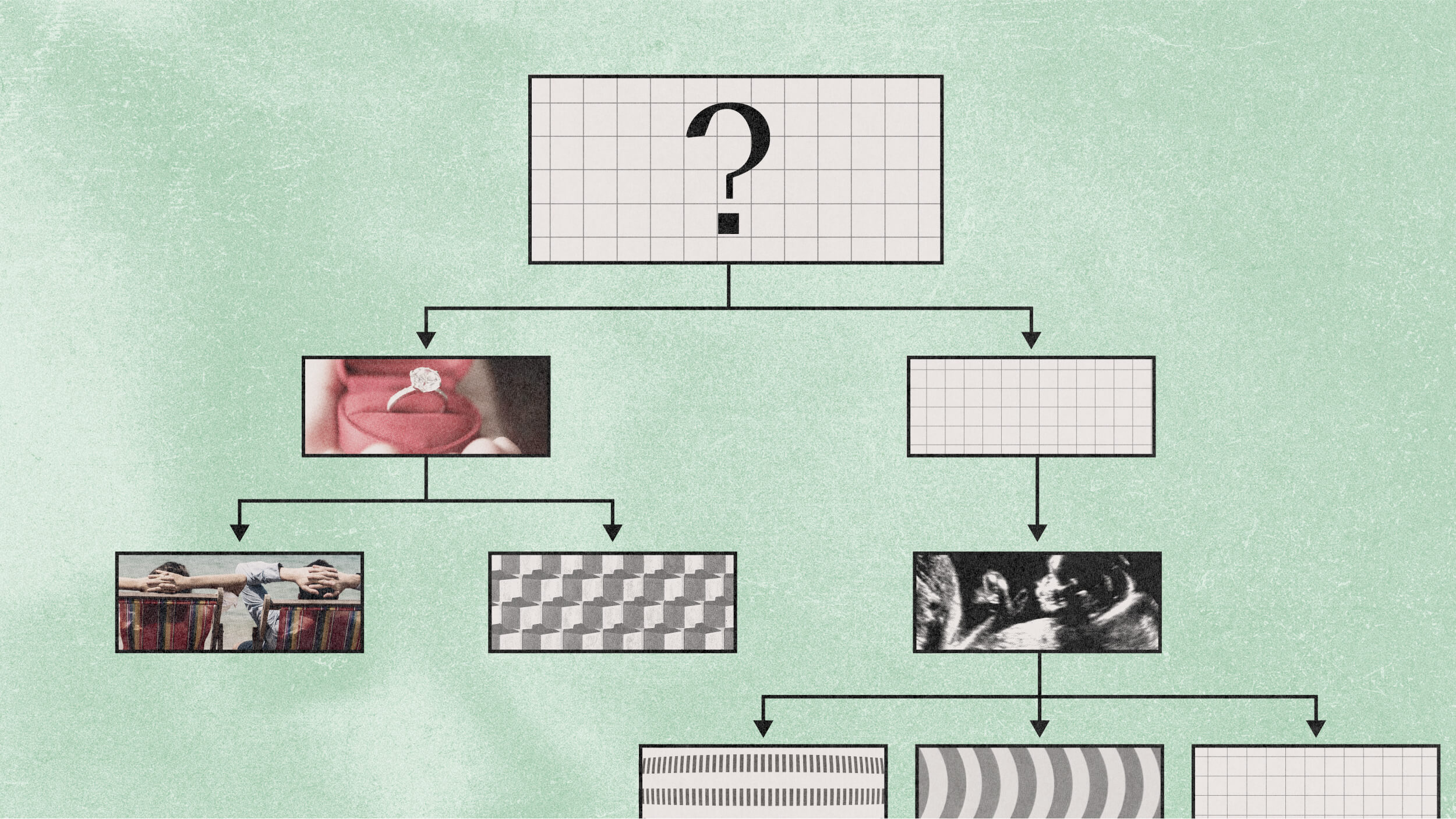Alan Alda generally doesn’t like discussing “communication tips” because he believes that they can be mechanical and ineffective in connecting with the audience. Instead, he advocates for a process that transforms a person’s ability to communicate naturally. However, when pressed, he does have a few tips that he follows, which he calls the “three rules of three.”
These include: (1) only making three important points when speaking to others; (2) presenting a difficult idea in three different ways; and (3) repeating a difficult idea three times.
Alda emphasizes that these tips should not be treated as a checklist, but rather as part of a process of becoming a better communicator through developing a connection with the audience.
ALAN ALDA: I don't really like tips; tips about communicating well, tips about writing. What I would prefer is a process that transforms you so the tips take place automatically.
I mean for instance, very often a tip is given: “When you're speaking to a crowd, vary the pace of your speech, vary the volume.”
Well, those are two good things, but if they happen mechanically it gets to be kind of boring. Some people are encouraged when they're coached: “At this point leave where you're standing and walk over there and take a pause.”
Well, maybe that makes sense in terms of how it's written; at the end of that paragraph you want to make a space before the next paragraph, but it doesn't necessarily make sense in terms of how you're talking and relating to the people you're talking with.
That—relating to them—should be the source of a pause, the source of moving, because it comes out of the thought process I'm going through and it comes out of the thought process I sense you're going through. Have you understood that last part? So now I'm thinking, if you have what's the next thing that I can tack onto that that will mean something to you? And if you haven't, should I clarify it a little more? So there's a dynamic relationship between us that leads to a change in pace, to a change in volume and that kind of thing.
A tip is just an intellectualization of that, which might be okay to give somebody once they've got the grounding in the ability to connect, but it ought to come out of the connection. It shouldn't be a checkbox that you tick off.
So I really don’t like tips. If I'm pressed really hard there are three tips that I do kind of follow. Probably it's a good idea to follow these tips after you get used to being connected to somebody, but there are three things that I like to do, I call it the three rules of three.
So the first rule is, I try only to say three important things when I talk to people. No more than three. If it's one thing that's maybe even better, but usually there's a lot to say. When I make notes on what I want to talk about, if I see I'm going on past three to four and five I start eliminating them or seeing if I can fold them into the other things. Because three things are really all I can remember and I don't work from notes when I talk to people and I advise other people not to. I never read it because reading just excommunicates you; it's not communication it's excommunication, in my view. So I can't remember more than three things, and I don't think they can remember more than three things, so what's the point of telling them stuff they're not going to remember? So I stick to three. That's rule number one of the rule of three things.
The second rule is, if I have a difficult thing to understand, if there's something I think is not going to be that easy to get, I try to say it in three different ways because I think if you come in from different angles you have a better chance of getting a three-dimensional view of this difficult idea, so I try to say it three different ways.
And the third tip, which I always forget, is that if I have a difficult thing that's hard to get, I try to say it three times through the talk, so that the first time you hear it you start to get used to it, the second time it's familiar and the third time you say, “Oh yeah, right. Okay.”
Now, I do follow those three tips, but I don't think I tell somebody: “You're going to get up to talk, here are three tips to remember.” It's a process. You've got to get transformed into being a better communicator. You've got to go through steps where it's like going to the gym, only it's a lot more fun than going to the gym because it involves connecting with another person and we're built to connect with another person. In spite of the fact that we often avoid it, it actually is fun when we get into that position. So if we could get ourselves transformed into liking connecting with the audience we're talking to or writing for, then these tips will happen automatically or finally we'll be able to put them to work in terms of that transformed way we have of connecting. It really feels good.







